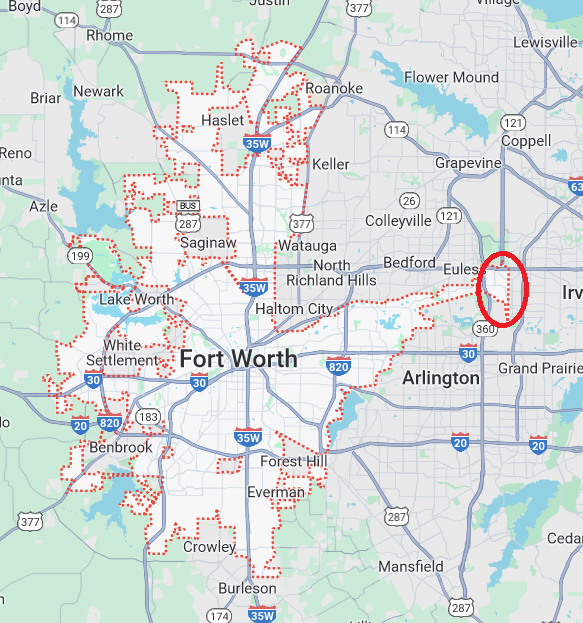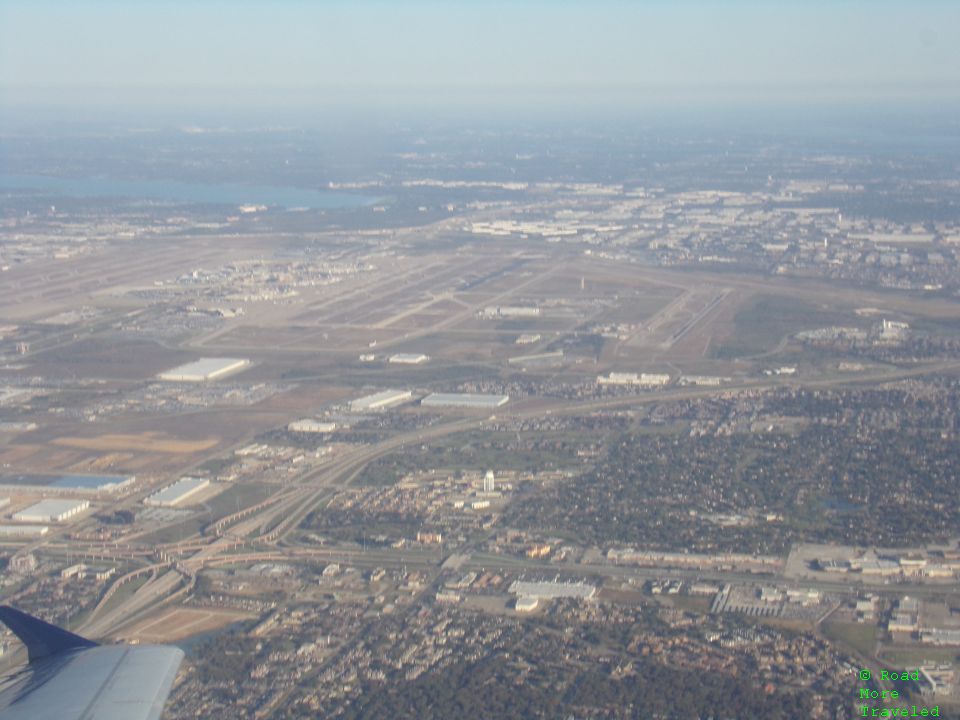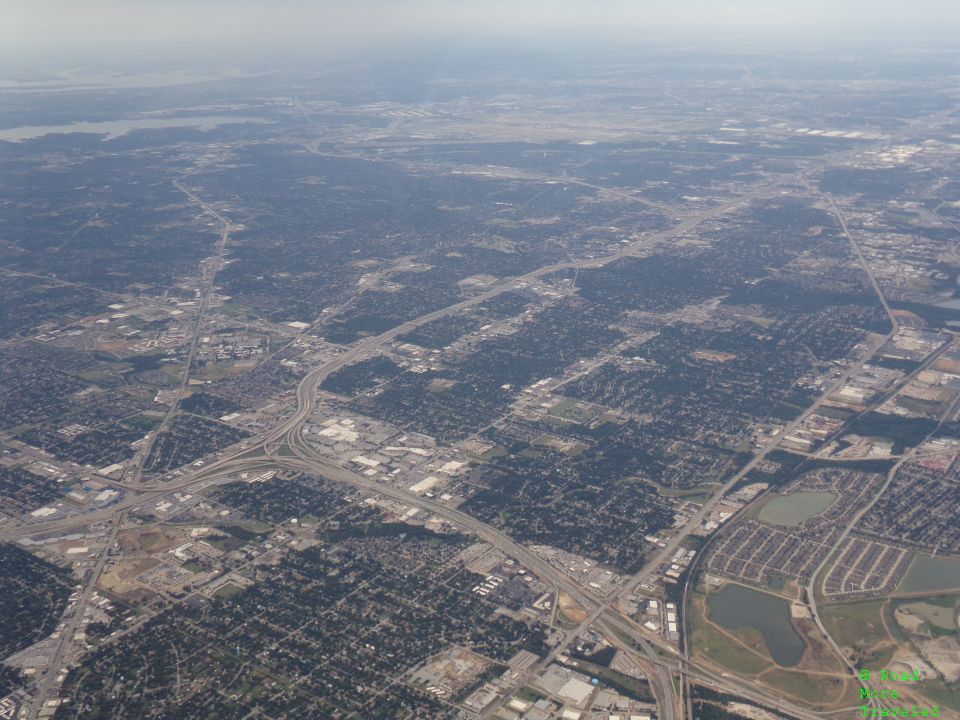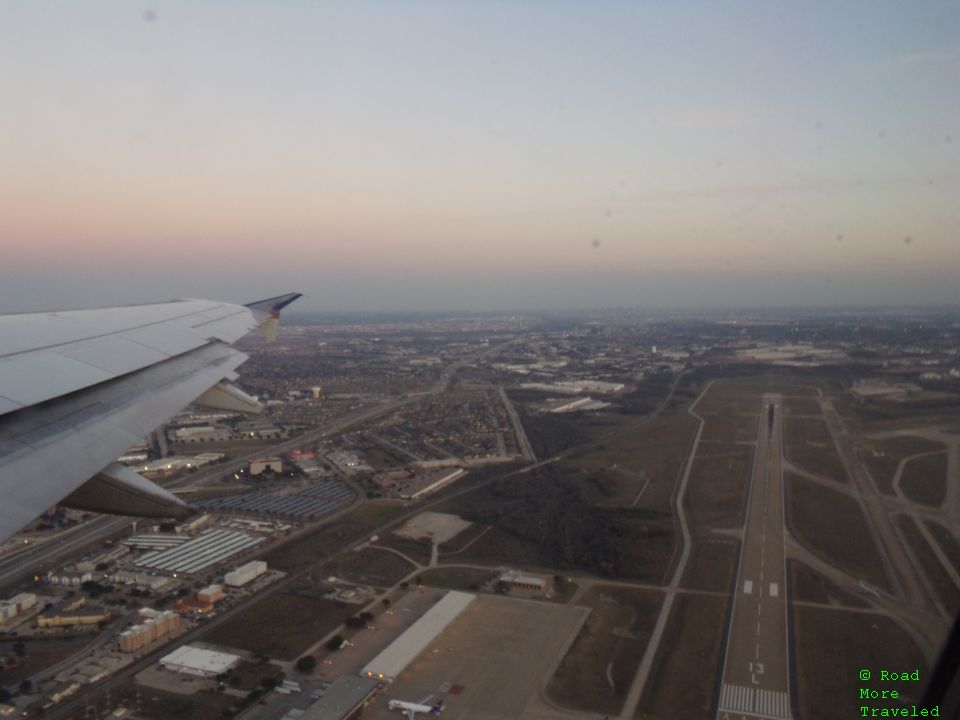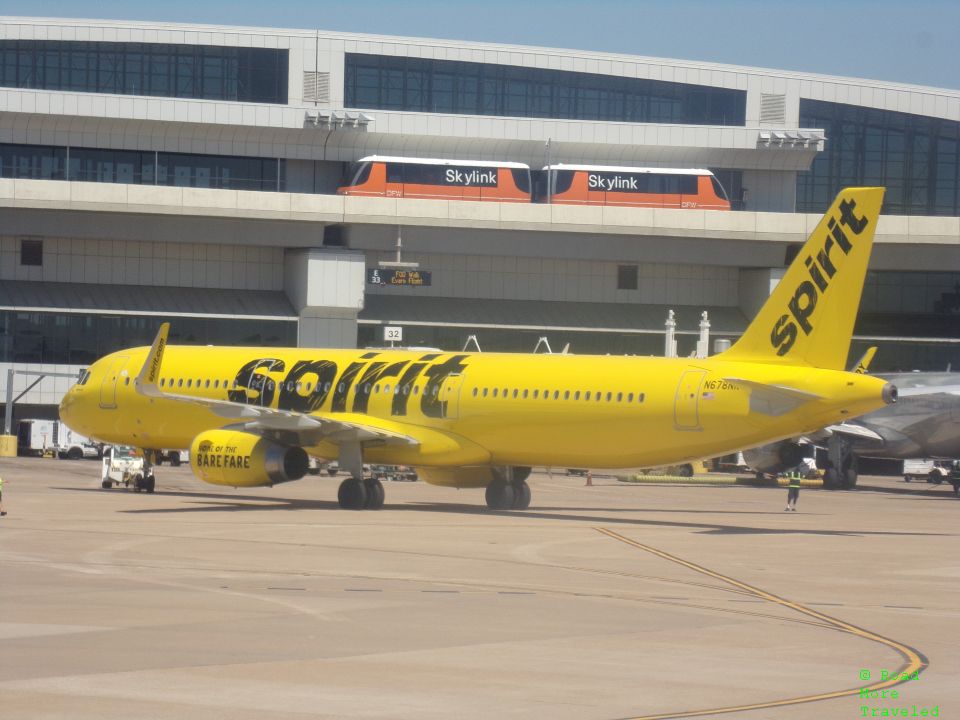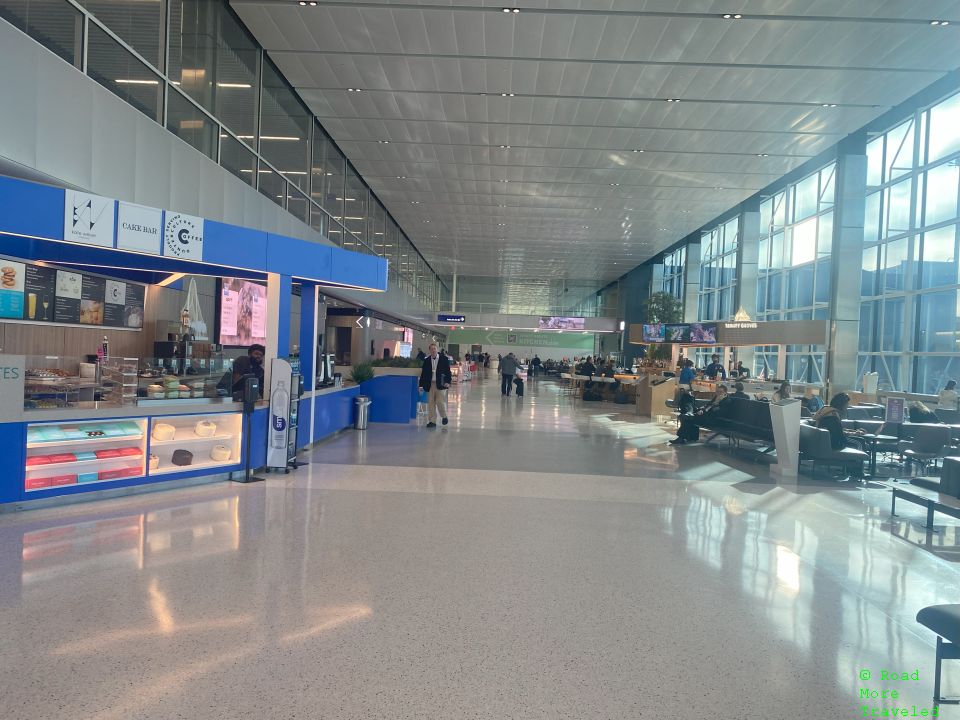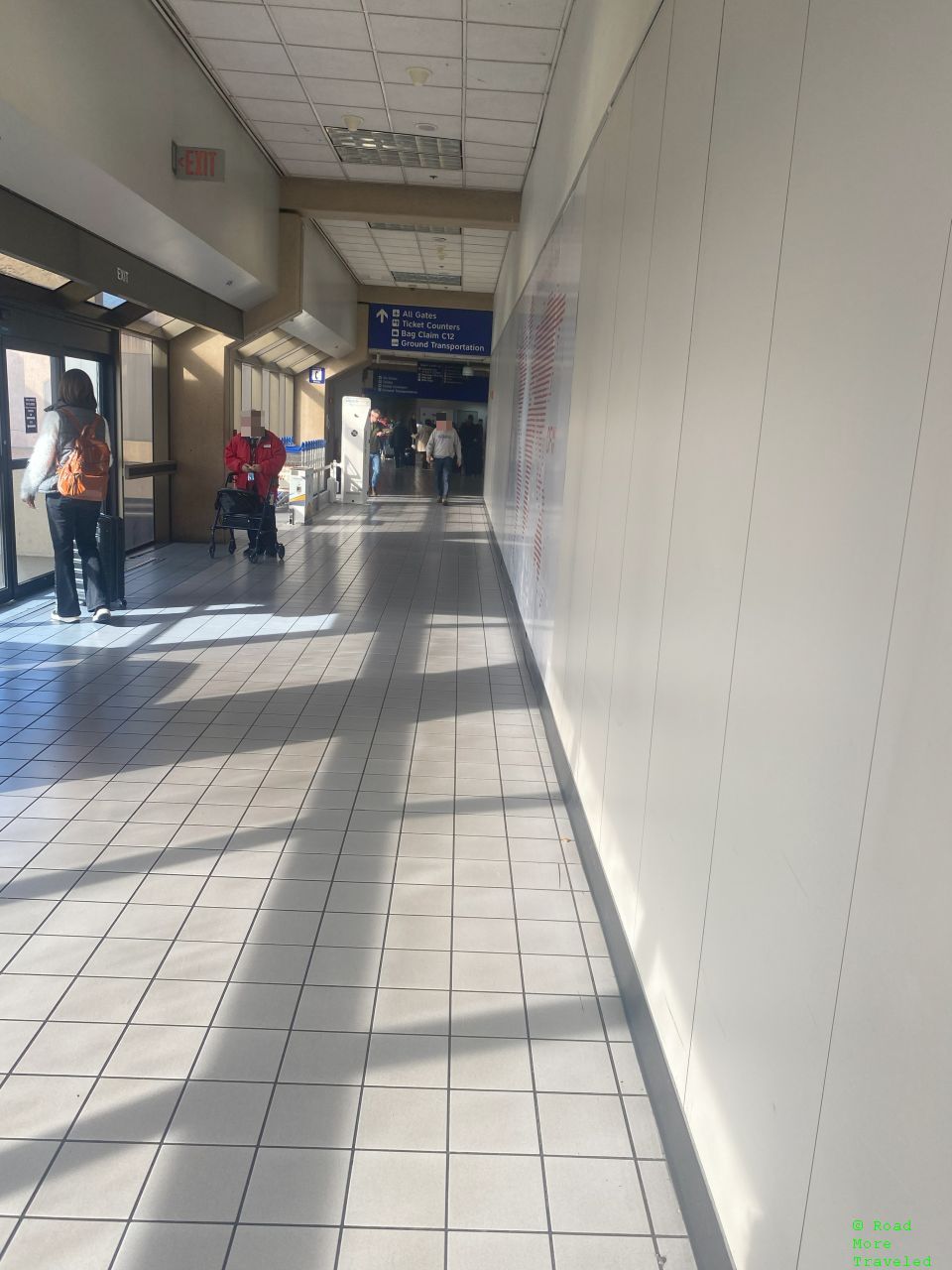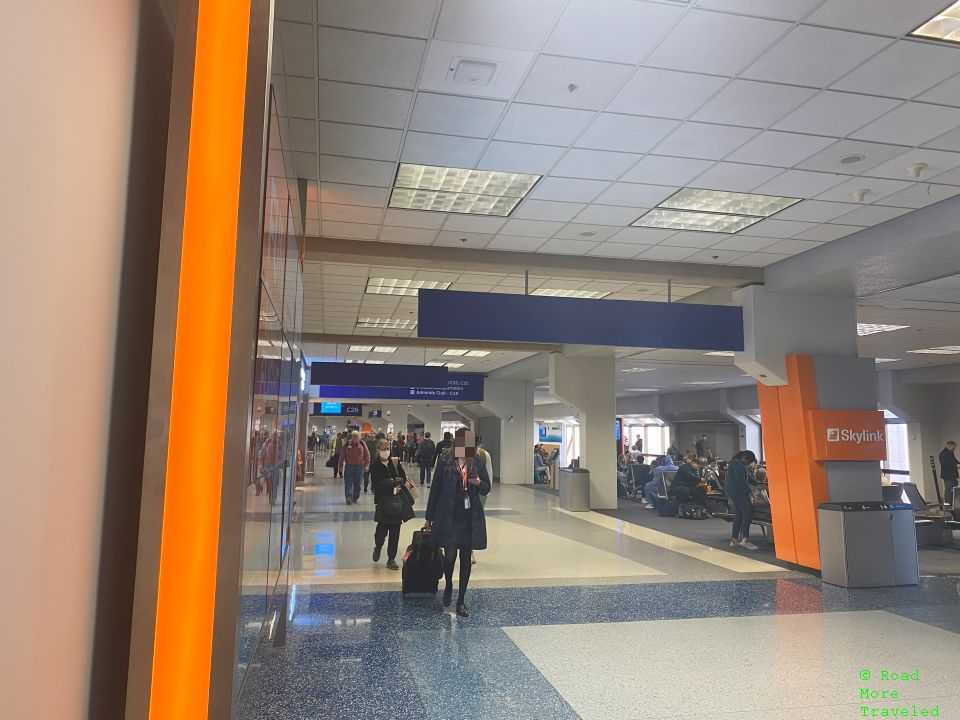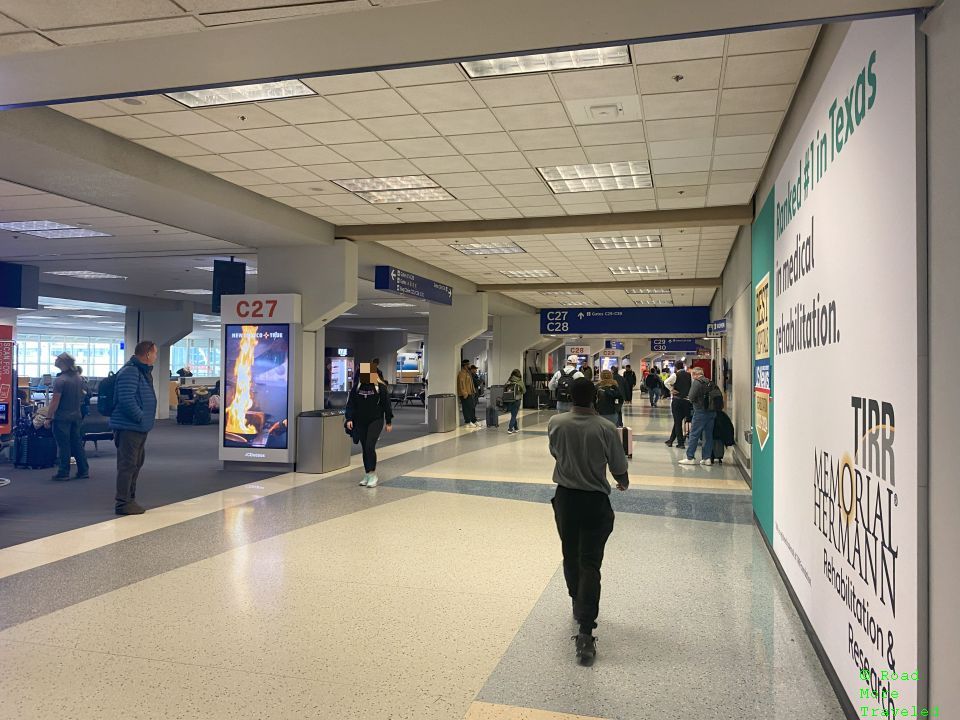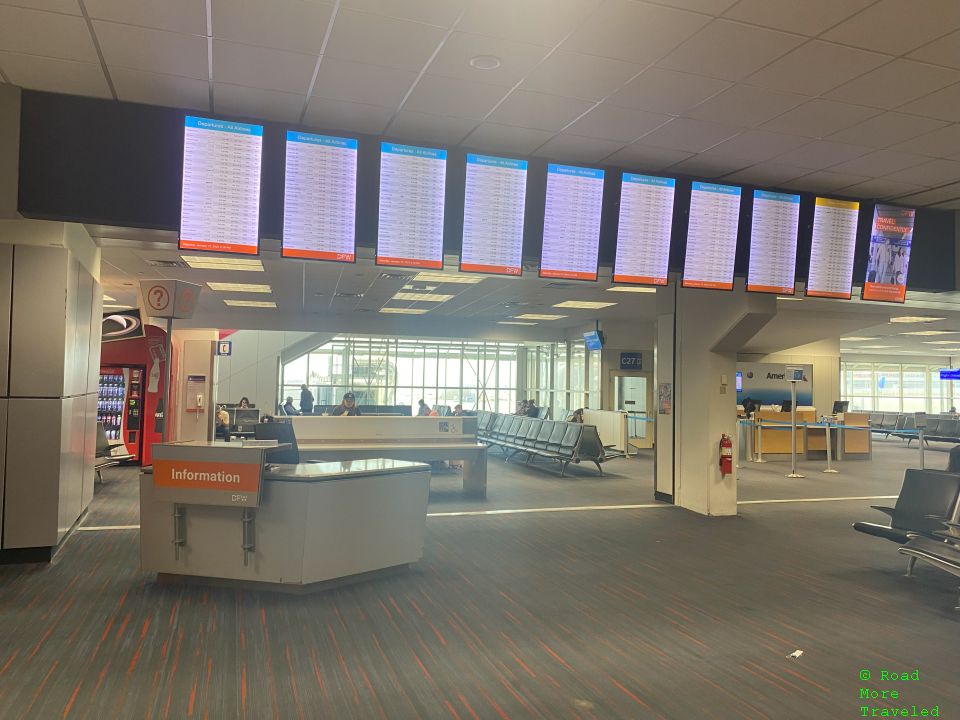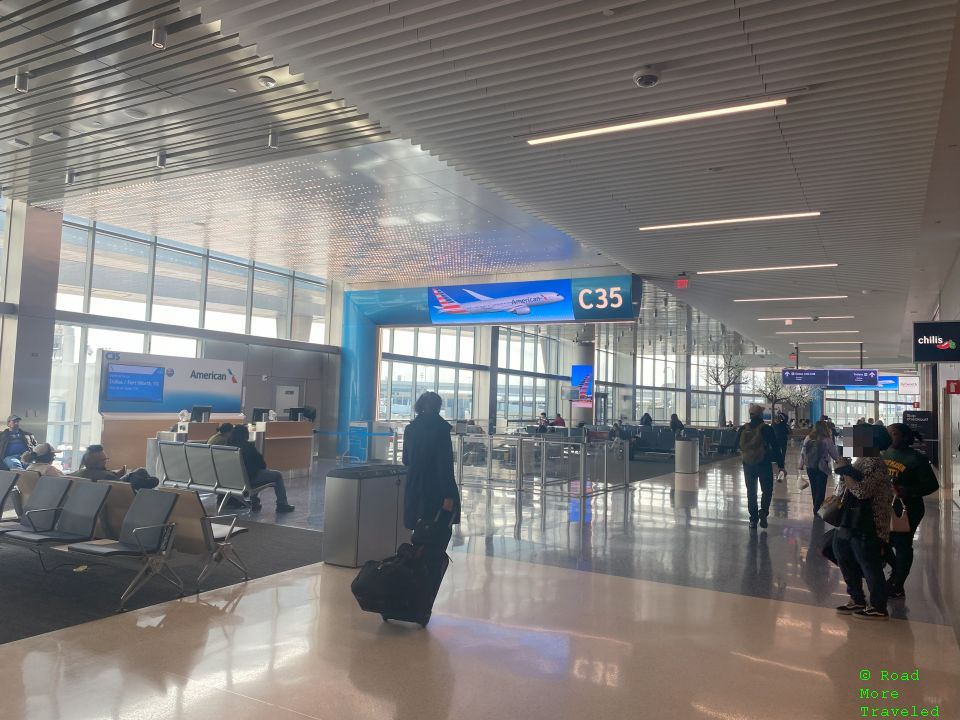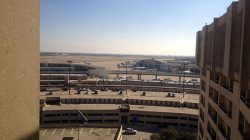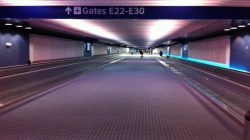Saturday marked a monumental occasion for aviation, especially for those in North Texas – DFW Airport turns 50. On January 13, 1974, what is now the second largest US airport by passenger boardings opened to commercial traffic. As a lifetime Texas resident, I find the airport’s history fascinating, and a microcosm of how Dallas has grown up over the years.
Note: please also read these excellent articles about DFW Airport’s history. I used facts and figures from all of these to piece together this article.
- DFW50 – a series of stories marking 50 years of DFW Airport
- Dallas-Fort Worth International Airport by Art Leatherwood, Texas State Historical Association
- The Long Road to a Regional Airport for Dallas – Fort Worth, Arlington Historical Society
The Tortured, Drama Filled Road That Led to DFW
Commercial air travel got its life in the fledgling Metroplex in 1926. At that time, the city of Fort Worth purchased an old army base and made it its municipal airport, Meacham Field. Around the same time, Dallas officials first broached the idea of a regional airport, an idea rebuffed by Fort Worth. And so a year later, Dallas purchased its own army base, starting commercial service at Love Field. Both cities expanded and improved their airports throughout the 1930s. But even then, congestion became a problem, and the area’s two main airlines (American and Braniff International) began pushing for a single airport. And before long, so did the federal government, with the Civil Aeronautics Administration formally asking Dallas and Fort Worth to come up with a plan for a regional airport. Why? The feds grew tired of funding two major airports 30 miles apart.
And so with the feds nudging, the two cities tried again to come to a compromise in 1940. The cities first attempted to find a solution at the state level. While Dallas and Fort Worth agreed in principle on the need for a single airport, the cities’ rivalry got in the way. Dallas insisted that the new airport lie closer to Dallas, as the larger of the two cities. Fort Worth refused. And so nothing happened. As World War II dawned, the Army entered the picture. Needing a new field for training, it approached the city of Arlington about building an airport. Braniff and American saw the opportunity, agreeing to purchase and donate land on the northeast fringe of Arlington to the city. The CAA agreed to allocate money to build the “Midway Airport” as the long-sought regional solution. Sounds great, right?
Not quite. The Big D-Cowtown bicker fest meant the cities couldn’t agree on a design. As design progressed in the early 1940s, Dallas mayor Woodall Rogers complained that the back door of the administration building faced Dallas. (Yes, Dallas got insulted because they thought they were getting mooned by an airport building. That’s how bad the Dallas – Fort Worth feud was in days gone by.) The Army eventually took over construction, using Midway Airport as a training field. Arlington retained ownership of the airport, but sold it to Fort Worth in 1947, who also annexed the site. (If you ever wondered why Fort Worth has that weird looking arm that sticks out the east, now you know.)
Various efforts by both Fort Worth and American Airlines to bring Dallas to the table failed over the succeeding 15 years. Dallas continued promoting Love Field as the region’s premier airport. Fort Worth decided to redevelop Midway as a replacement for Meacham, initially called Greater Fort Worth International Airport. By the time it opened in April, 1953, the name changed to Amon Carter Field. It changed again in 1960 to Greater Southwest International Airport (GSW). Despite Fort Worth’s attempts to promote GSW, it never really took off (pun intended). In fact, Love Field continued bursting at the seams, with GSW down to a lowly 30 flights a day by 1963. Most activity at the airport involved 707 training flights by American.
Finally, in 1964, the federal government had enough, ordering the two cities to decide on a regional airport or else. So Dallas and Fort Worth proposed creating a joint airport board in 1965. Though even that wasn’t without drama. Dallas County voters initially rejected the proposal. But a creative reading of a state statute updated in 1947 provided the authority for the two cities to carry on regardless. Construction finally began in 1968, and GSW shuttered for good in the same year. Ultimately, the airport reached an ignonimous end in 1974. The runways permanently closed with the opening of DFW on January 13th. (The agreement to build DFW also called for Love Field to permanently close. Though a little startup named Southwest Airlines had something to say about that.) But even today, a curious vestige of the old airport remains.
If you traveled on Highway 183 (Airport Freeway) between Highway 360 and the airport access road, you might remember the old runway tunnel. GSW’s Runway 17 extended over Airport Freeway, with the tunnel carrying traffic underneath. TxDOT removed the tunnel in 1988, but Amon Carter Boulevard currently carries traffic on the runway’s path. In fact, if you head to the north end of Amon Carter, you can see a small portion of the taxiway and run-up area just north of the traffic light for the 183 westbound access ramp. Personally, I vaguely recall going through the 183 tunnel when going to Bedford to visit friends as a kid.
Anyway, even the final completion of the airport wasn’t without issues. On September 20, 1973, the Concorde made its first visit to the USA with a stop at DFW for its ceremonial opening. Braniff International, thinking of using the Concorde for flights to South America, wanted to show off the supersonic jet to its customer base. Braniff never bought the plane, though it did “borrow” them on flights to Dulles from BA and Air France. Nor did the airport open as planned in October, 1973. Instead, American Flight 341, from New York via Memphis and Little Rock became the first to arrive at the airport, 50 years to this day. (The story at the link details how a couple jumped the queue to be the first passengers deplaning at DFW.)
From Out-of-the-Way Airport to Economic Powerhouse
I remember making the drive to or by DFW from east Texas many times as a kid. The shortest route measured 148 miles. And in some ways, it felt like going from one side of the boonies to the other. While the South Entrance by the Mid Cities was fairly well developed by the mid-70s, that wasn’t the case on the north side. Much of Valley Ranch and Las Colinas didn’t exist. Go north on Highway 121 or FM 2499, and you’d reach two-lane roads and cornfields in short order. Today? It’s a very different reality. The Metroplex, population 2.5 million in 1974 but nearly 8 million today, grew up around the airport. The airfield now does neatly sit right in the middle of the action. That’s true whether viewing the airport from the Mid Cities…
…or from the northeast part of Fort Worth…
…or looking towards the former corn and cotton fields that now make up Las Colinas and Valley Ranch.
In its first year of operation (1974), DFW Airport served 7 million passengers. In 2022, that jumped to 73.4 million. And there’s little doubt that as goes DFW, so goes the fortunes of the Metroplex. Business relocations to the area commonly cite the airport’s abundant service as a selling point. Indeed, while DFW’s location isn’t necessarily the most convenient for trips to Europe, it works great for domestic travel. You can get anywhere in the continental USA in four hours or less. The airport itself supports 60,000 jobs, and economists estimate the airport generates up to $119 billion in total expenditures for the region.
DFW Airport Turns 50 – The Airport Today, and Plans for the Future
Over the years, DFW underwent several terminal renovations, and a few name changes. What opened as Dallas – Fort Worth Regional Airport became Dallas – Fort Worth International Airport, and finally just DFW International Airport. But the basic airport design remains the same. At its heart, DFW’s design caters to origination & destination (O&D) traffic. Yes, the horseshoe-shaped terminals seem awkward, and the sprawling design initially made connections a chore. But it makes getting from garage to gate and vice versa quick and easy. When I don’t check bags, I can be in my car on my way home in 15 minutes. And the multiple security checkpoints per terminal help cut down on TSA wait times. Just walk down the hall (or use another terminal and take the Skylink) if yours is busy.
Besides terminal and garage renovations, another major improvement was the opening of Terminal D and the Skylink people mover in 2005. Prior to Skylink, connecting through DFW wasn’t for the faint of heart. It either involved long walks through the terminals, or exiting security to take the bus. Or taking your chances on the rickety TrAAin, a relic from the original people mover built with the airport. The exception was Delta’s “Easy Street” hub in Terminal E, though Delta largely walked away in the early 2000s. With Skylink, though, traveling between terminals takes 10-12 minutes at most.
Supposedly, the original plan for DFW called for 13 terminals, though the one I remember called for 8. The initial build-out included 4 terminals – 2E (now A), 2W (now B), 3E (now C), and 4E (now E). A fifth, Terminal D, opened in 2005. Another big project is in the works, though, with construction on Terminal F set to start later this year. Unlike the horseshoe terminals, though, the renderings of Terminal F resemble a midfield concourse. I can’t find the source, but I remember seeing somewhere that Terminal F won’t have separate check-in or ticketing areas. Rather, access would be through either Terminals D or E. The Terminal F project also includes 9 new “pier” gates in Terminals A and C. Once complete, the 24 new gates are estimated to increase capacity to 100 million passengers annually.
If you want a preview of what the new F gates might look like, gates D1 through D4 in Terminal D give you an idea. Originally, Terminal D ended at gate D5. A four-gate extension opened in May, 2021, often billed previously as Terminal F Phase One. That moniker disappeared, and it’s unclear whether this pier might actually connect to the new Terminal F. I doubt it, given the renderings showing the midfield concourse design. But it does still provide design cues as to what the new F gates might look like inside. This includes some new technology, like the oversized electronic signs at the gate showing flight information. There’s also some decidedly more comfortable sitting areas.
In addition, the project includes, at long last, a rebuild of Terminal C. If you fancy a trip in the wayback machine, Terminal C remains largely unchanged from its original 1974 configuration. The low ceilings do feel rather dour, making the entire building feel dark and impersonal.
But even here, you can catch a glimpse of the future. Another four-gate expansion opened Gates C36 through C39 in May, 2022. The 16-foot ceilings provide plenty of natural light, but with dimmers to reduce heat build-up during brutal Dallas summers. These gates also feature the same oversized electronic gate monitors, making it easy to see departure information from down the hall.
The construction of the Terminal C extension also used an innovative “modular” construction technique the airport plans to use for Terminal F. Rather than construct the new gates on-site, the contractor built them entirely off-site, then transported them to their final location.
I actually happened to be at DFW Saturday, by coincidence, not by plan. I took my son on a father-son trip, which we scheduled for this weekend. Perhaps surprisingly, there wasn’t much going on to commemorate the airport’s birthday, aside from a “50” sign at the airport’s north entrance.
It’s been interesting watching the airport grow over the years. And I certainly look forward to what my home airport has in store over the next few decades.


